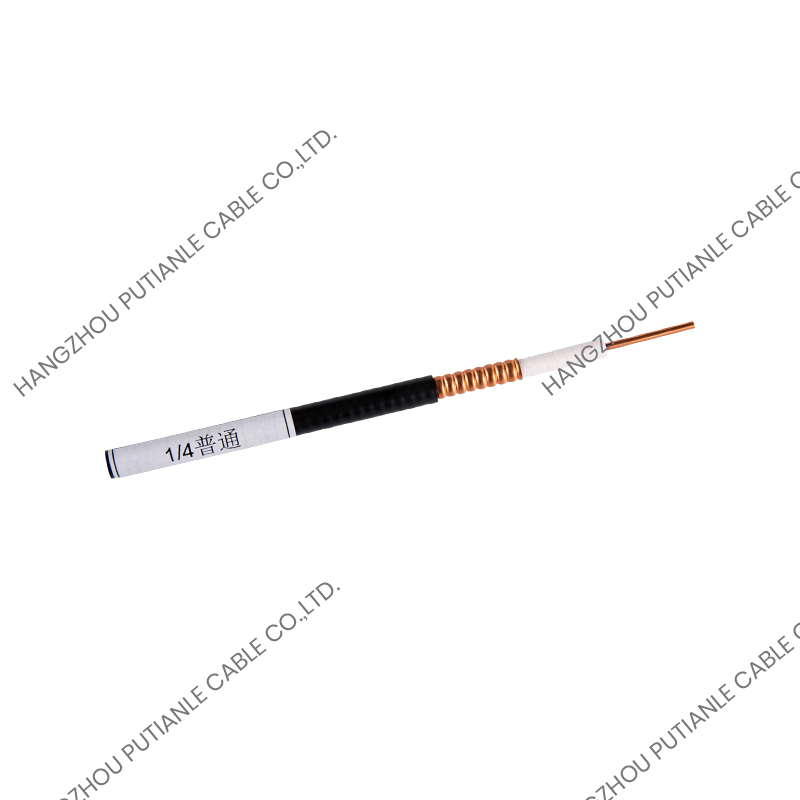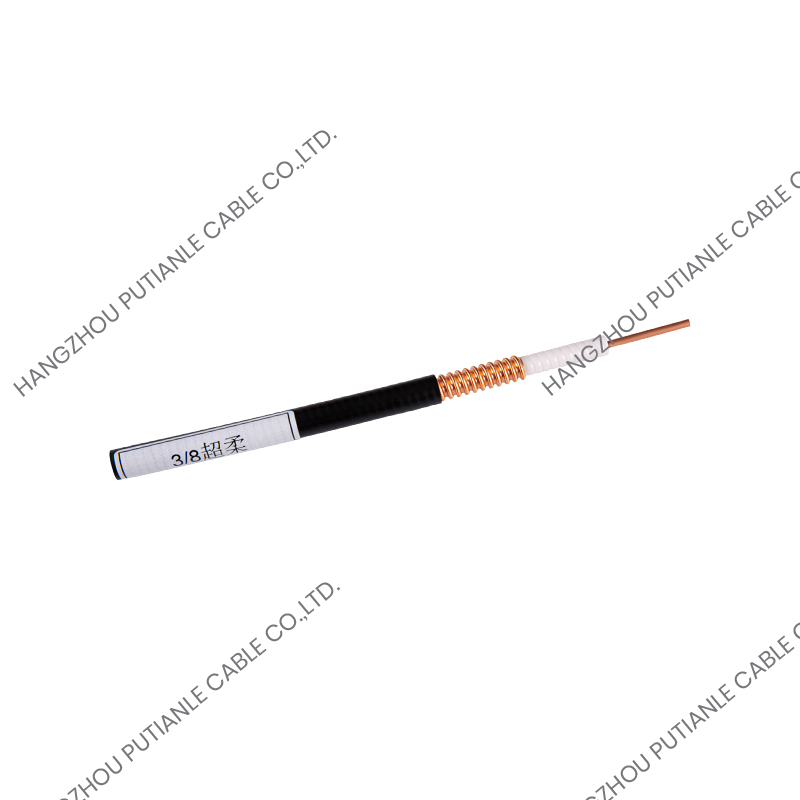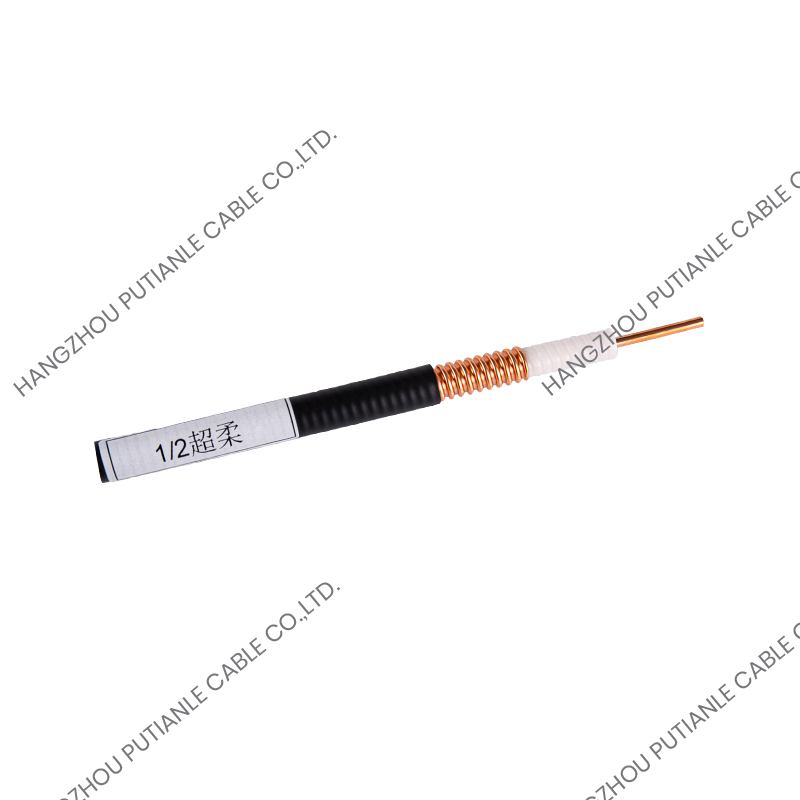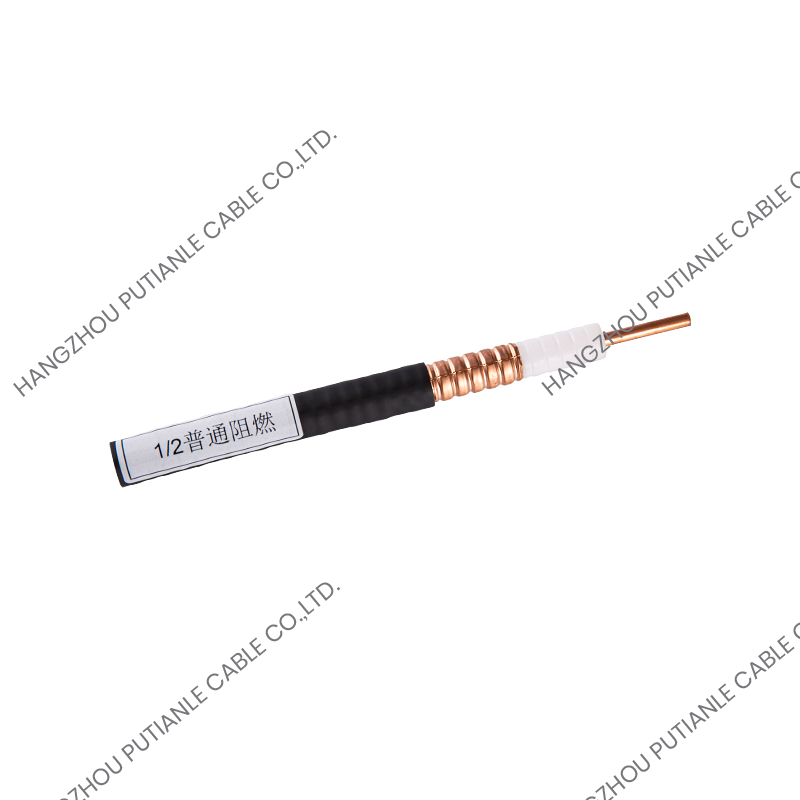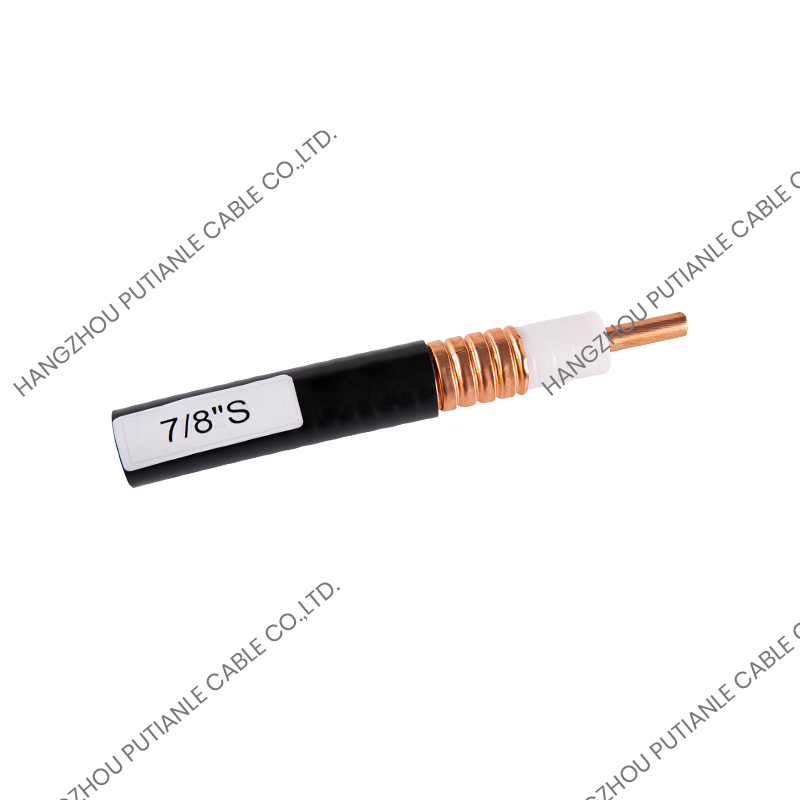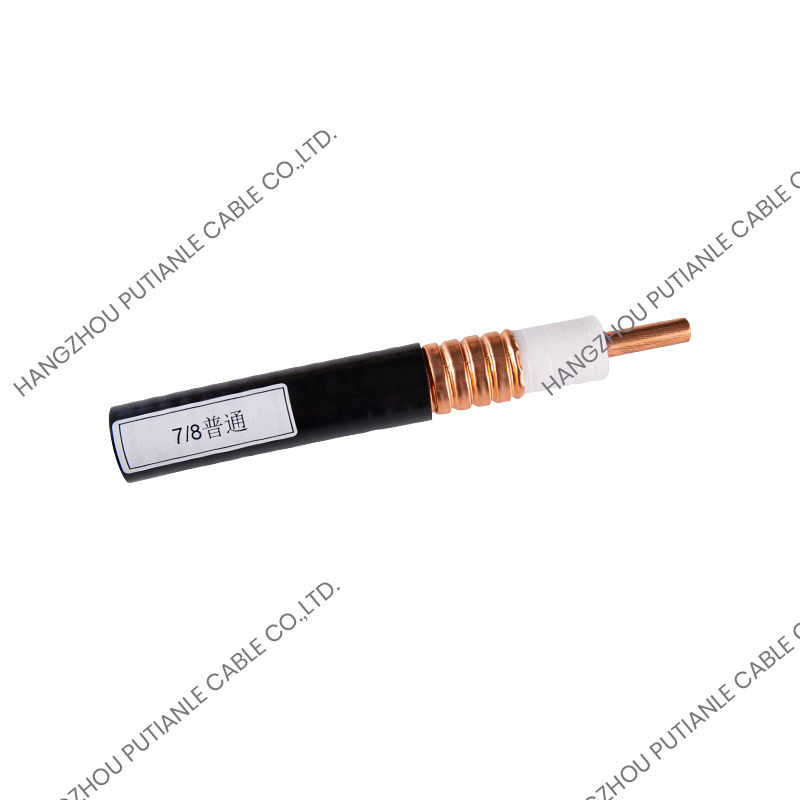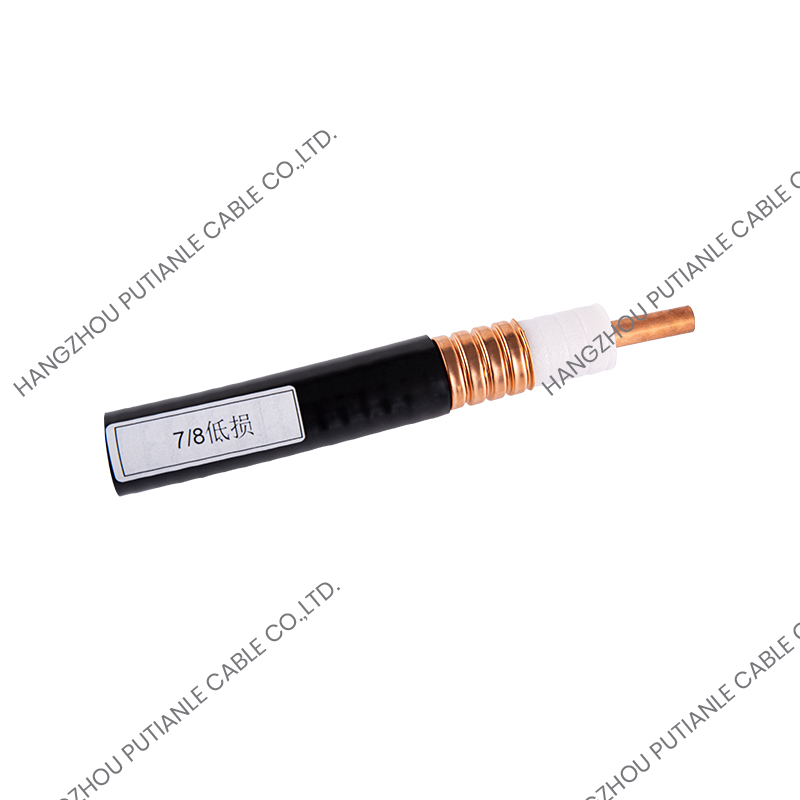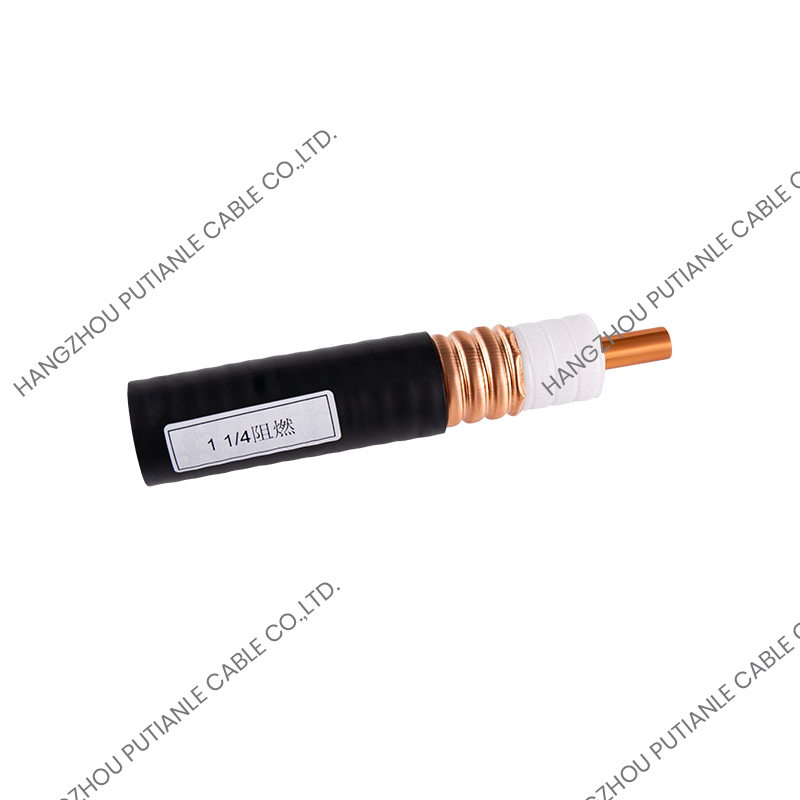RF coaxial cables are mainly divided into semi-rigid, semi-flexible, flexible and corrugated copper tube cables. Different types of cables should be selected for different applications. Semi-rigid and semi-flexible cables are generally used for internal interconnection of equipment: in the field of testing and measurement, flexible cables should be used, and corrugated copper tube cables are often used in antenna feed systems.
1. Semi-rigid cable
As the name suggests, this type of cable is not easy to be bent and formed. Its outer conductor is made of aluminum tube or copper tube. Its RF leakage is very small (less than -120dB), and the signal crosstalk caused in the system can be ignored. The passive intermodulation characteristics of this cable are also very ideal. If you want to bend it into a certain shape, you need a special forming machine or a manual mold to complete it. Such a troublesome processing technology is exchanged for very stable performance. Semi-rigid cables use solid polytetrafluoroethylene material as the filling medium. This material has very stable temperature characteristics, especially under high temperature conditions, and has very good phase stability.
The cost of semi-rigid cables is higher than that of semi-flexible cables, and they are widely used in various RF and microwave systems.
2. Semi-flexible cable
Semi-flexible cable is a substitute for semi-rigid cable. The performance index of this cable is close to that of semi-rigid cable and can be formed manually, but its stability is slightly worse than that of semi-rigid cable. Since it can be easily formed, it is also easy to deform, especially in the case of long-term use.
3. Flexible (braided) cable
Flexible cable (see the figure below) is a "test-grade" cable. Compared with semi-rigid and semi-flexible cables, flexible cables are very expensive because there are more factors to consider when designing flexible cables. Flexible cables must be able to bend multiple times and maintain performance, which is the basic requirement for test cables. Softness and good electrical indicators are a pair of contradictions, and are also the main reason for the high cost.
The selection of flexible RF cable components should consider various factors at the same time, and some of these factors are contradictory. For example, coaxial cables with single-strand inner conductors have lower insertion loss and amplitude stability when bending than multi-strand ones, but the phase stability performance is not as good as the latter. Therefore, in addition to factors such as frequency range, standing wave ratio, insertion loss, etc., the selection of a cable component should also consider the mechanical properties, use environment and application requirements of the cable. In addition, cost is also a factor that never changes.
4. Corrugated cable
The outer conductor of the corrugated cable is corrugated copper. This cable adopts a low-loss design. When the specifications are the same, the inner conductor of the corrugated cable is larger. Corrugated cables are often used in antenna feeder systems. The advantage of the corrugated outer conductor design is that it is easy to bend and transport, and it also has good tensile resistance, so that the cable can be used in vertical suspension applications.


 中文简体
中文简体 English
English Español
Español

